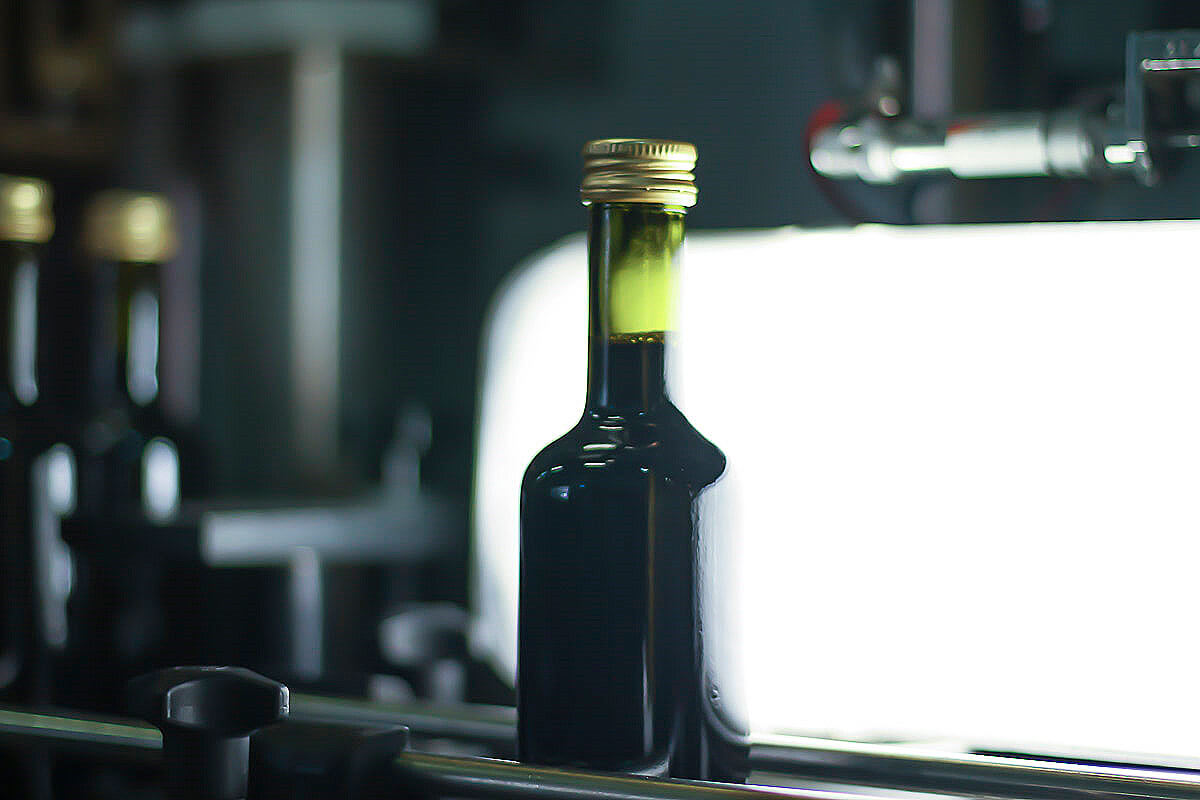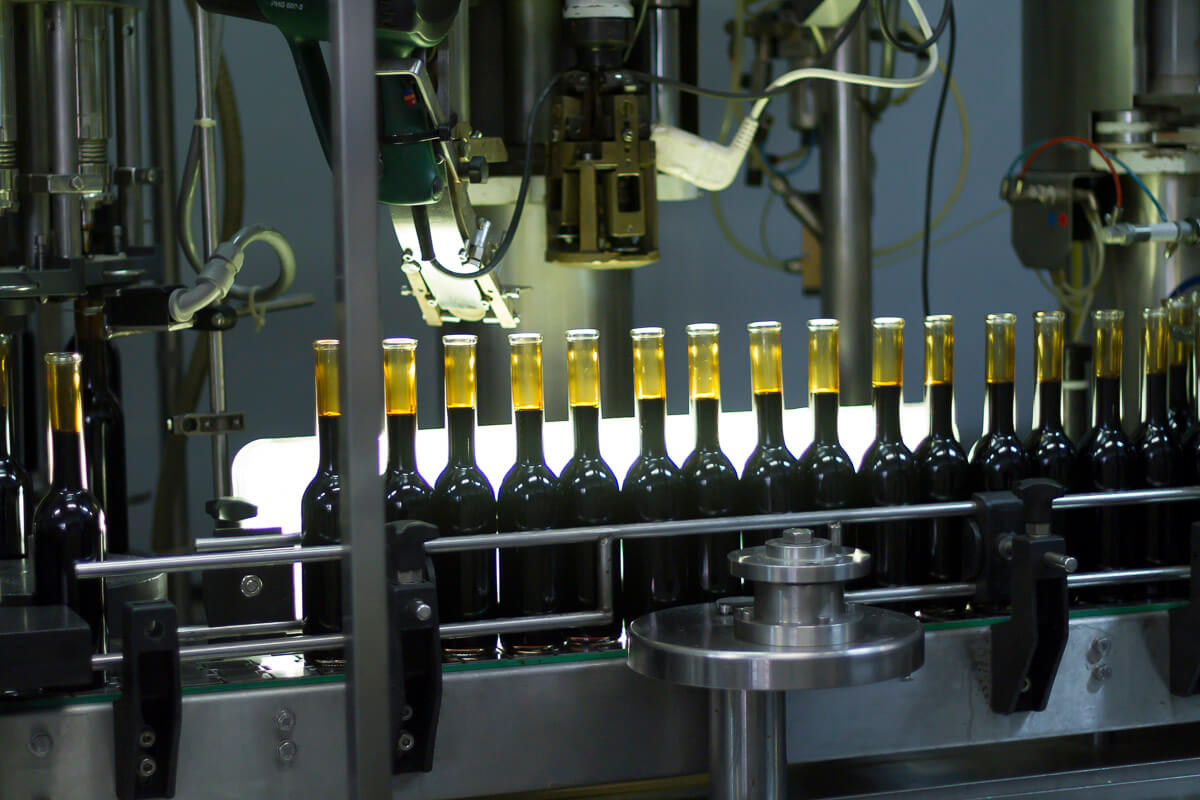PGI
PROTECTED
GEOGRAPHICAL
INDICATION
CONTROLS AND SURVEILLANCE
ON THE PRODUCTION PHASES
GUARANTEE THE TRADEMARK OF ORIGIN.
WHAT IS MEANT ABOUT
ACETO BALSAMICO
DI MODENA PGI?
The Protected Geographical Indication status is given to those agricultural products or foodstuffs which have a specific quality, goodwill or other characteristic property, attributable to its geographical origin.
To receive the PGI status, the entire product must be traditionally and at least partially manufactured (prepared, processed or produced) within the specific region and thus acquire unique properties.
Outside Europe, the protection of PGS products usually require bilateral agreements between the EU and the importing countries, while protected indications may not always supersede other intellectual property rights such as trademarks.
THE PROTECTION
OF PGS
PRODUCTS
PRODUCT
SURVEILLANCE
The Production Specification impose that each batch must be sampled and analyzed by the Control Body.
Once checked that all the documentation and sample properties are in compliance with the regulation, a certificate of conformity is issued and the batch can be placed on the market.
The CB also verifies and validates all the labels /packaging before use, in order to ensure compliance with the Production Specification and Control Plan.
OPERATORS
SURVEILLANCE
The Ministero delle Politiche Agricole Alimentari e Forestali appoints a Control Body that, with the support of an accredited laboratory, performs the surveillance provided in the Control Plan.
Product traceability throughout the entire supply chain is guaranteed thanks to the registration in a data base of growers, wineries, producers of must, processors and bottlers, and through timely notification of quantities produced and packaged.






